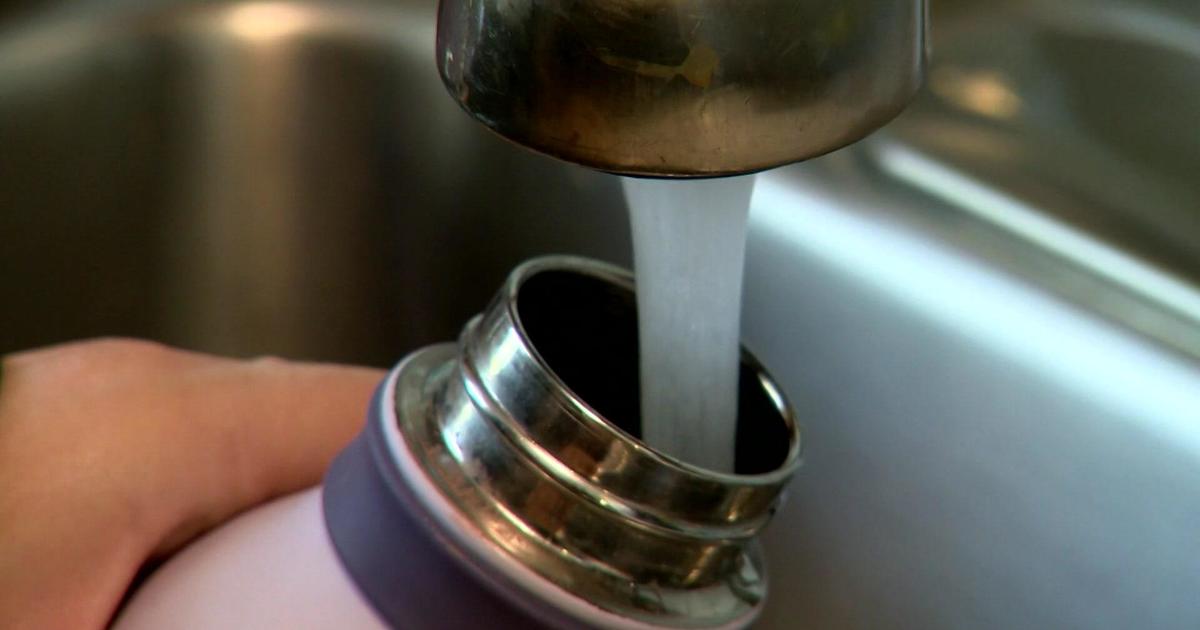California City: How A Developer's Failed Dream Became The State's Biggest Water Waster
CALIFORNIA CITY (CBS13) — It's the third-largest city in California, and by the latest numbers, it had the worst water performance in the state.
California City is a place far from the ritzy Southern California suburbs, and its soaring water use stuck out like a sore thumb. What CBS13's Nick Janes found was one of the strangest places he's ever been.
It's a sprawling city that never was, with roads that stretch for miles into the desert to nowhere.
MORE: California Drought Special
It didn't make sense. Out of the more than 400 water districts, the place where water use went up the most has hardly a green lawn in sight, except for John Jarrett's home. But that's fake turf.
He couldn't believe water use in May went up a reported 28 percent in May.
"I don't know," he said. "I'll be honest with you, I don't know."
That's not the most mysterious part of California City. A glance on Google Earth shows it's a 200-square mile community of just 14,000 people. By land area, it's the third-largest city in the state. But it's miles of empty land.
Back in 1965, a real estate developer named Nat Mendelsohn dreamed of building another Palm Springs in the Mojave Desert. His vision never materialized.
The remnants of the once-paved roads built for homes and businesses that never came are now mostly eroded by sand. Street signs at eerily lonely intersections lead to nowhere.
Part of the odd, storied history of California City is contributing to the high water-use numbers.
We made an unscheduled trip to city hall, where we met City Manager Tom Weil.
"I didn't realize anybody from Channel 13 would be down in our neck of the woods," he said.
He says the water numbers that rely on a 2013 benchmark and depict his city as lagging behind with conservation are deceiving.
"I know our residential customers are cutting back," he said. "We've had two major shifts since 2013."
For one, he says the new state prison has 2,500 inmates and 750 employees. It's now California's biggest water user. The city also just started tracking its municipal water use, including two golf courses.
But a big part of the issue is leaky, aging infrastructure.
The city has 51,000 lots, many of which were never built on. It's not just roads that lead to nowhere; it's also water pipes that lead to nowhere. Now, those decades old pipes are starting to fail.
"Last year, we had 400 main line water leaks in a 170-mile system, which is really unheard of in a small community of 14,000," he said.
California City raised water rates by 70 percent to fix the leaky pipes. While the place is certainly unique, some of its problems are not. City crews discovered a pump was falsely reporting more water than it was actually producing.
Weil says water use data is easily skewed in smaller communities across California, forcing increased scrutiny.
"That's something everybody's doing right now, and it's causing all of us to look at our systems much more closely," he said.
Weil moved to California City 30 years ago, and he's seen it grow from 2,500 to 14,000 people. It may never reach the lofty heights once imagined, but the city does have something incredibly valuable—it sits on an aquifer providing stable water in the desert.
"We have a lot of room to grow, and that's the exciting thing with California City," he said.
As for the 28 percent increase, Weil says the city is in the process of correcting and resubmitting water-use reports to the state.



